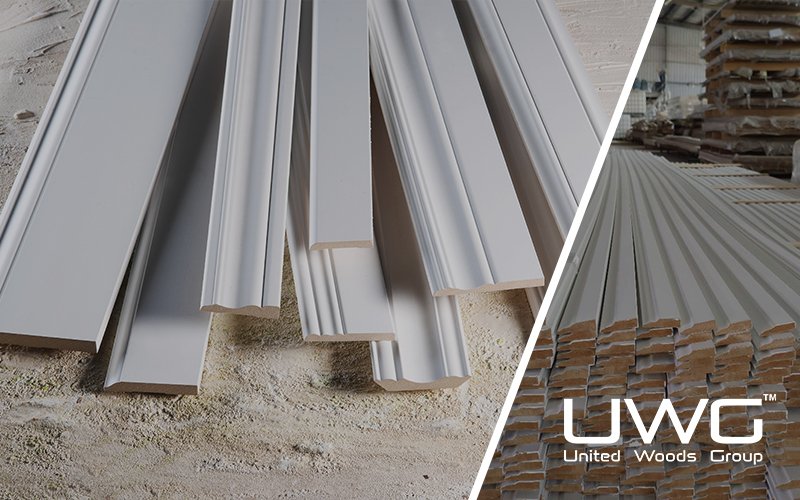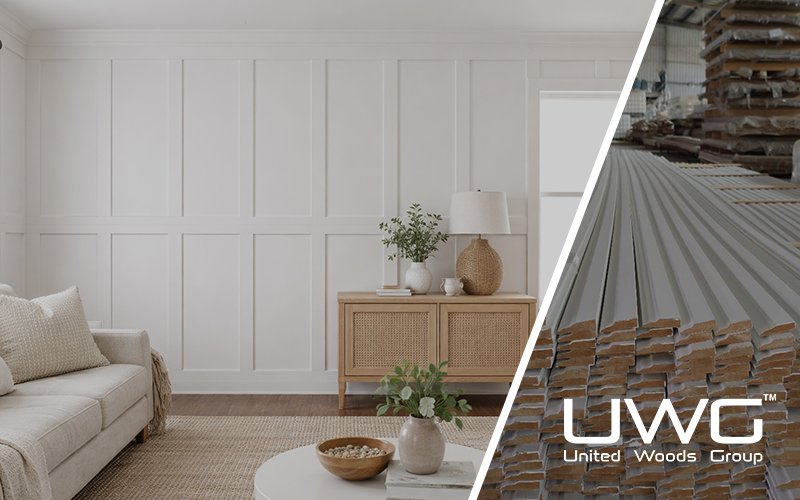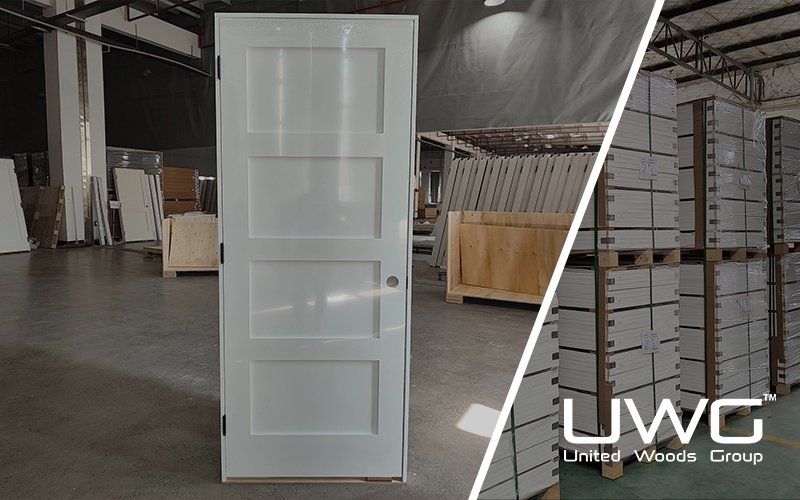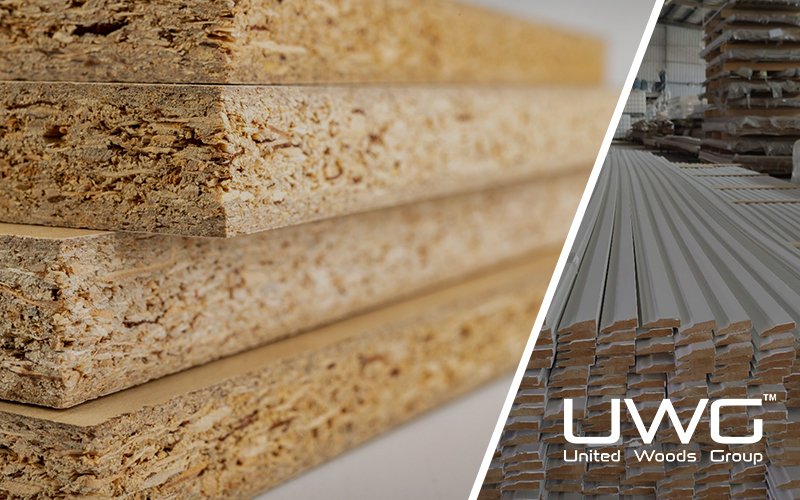As we approach 2025, the interior design landscape is evolving rapidly, with shifts in technology, sustainability, and lifestyle preferences. Builders who stay ahead of these trends can offer homes that are not only stylish but also future-proof and in line with consumer expectations. Below are some of the key interior design trends that builders should pay attention to in the coming years.
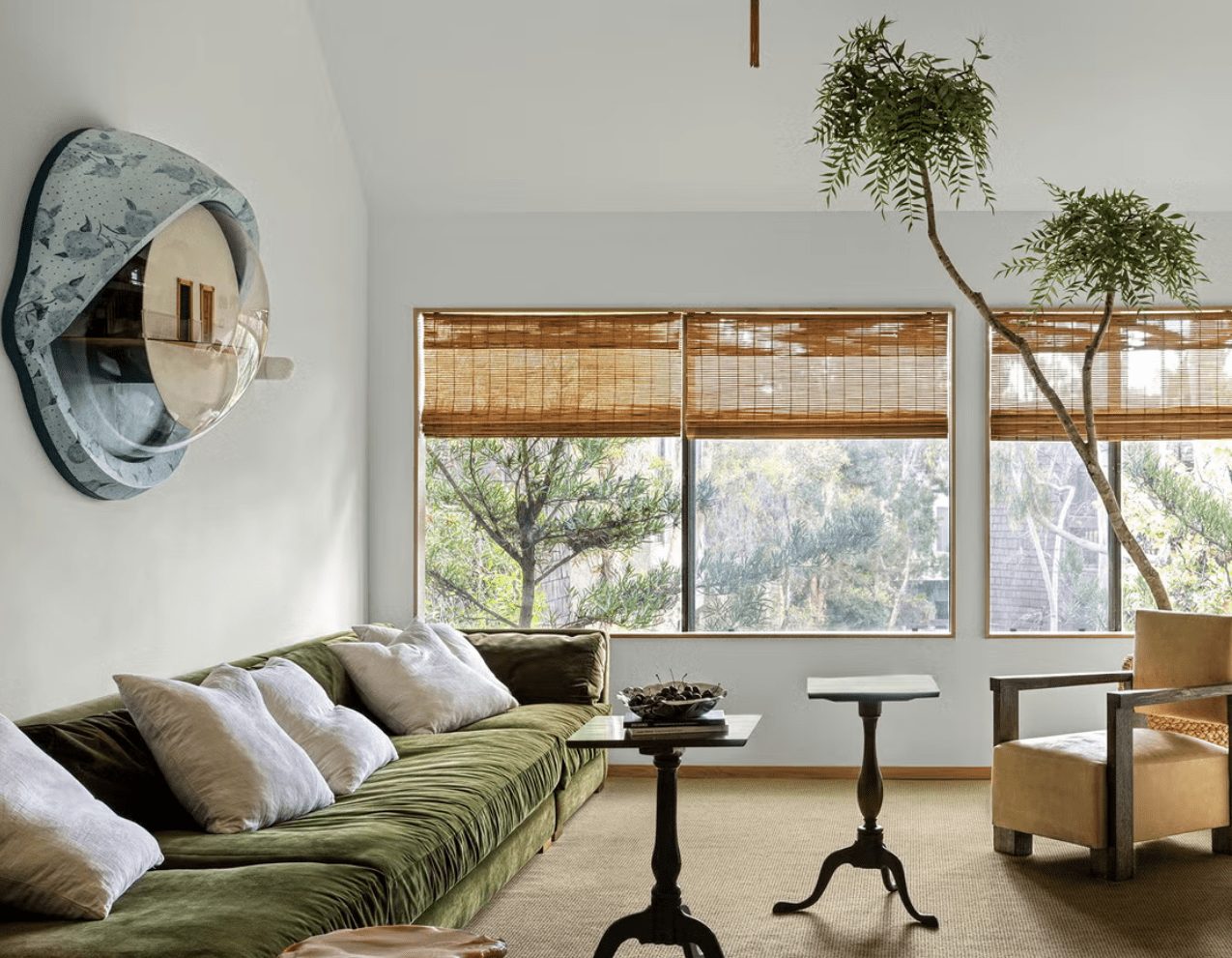
Sustainability and Eco-Friendly Materials
Sustainability continues to be a dominant force in both residential and commercial construction. In 2025, there will be a growing demand for homes built with eco-friendly materials that reduce environmental impact. Builders should focus on sourcing sustainable materials such as reclaimed wood, recycled metals, and non-toxic finishes. Additionally, energy-efficient features, including solar panels, smart thermostats, and water-saving appliances, will become standard in new homes. Integrating these elements not only meets environmental goals but also appeals to buyers who prioritize sustainability in their homes.
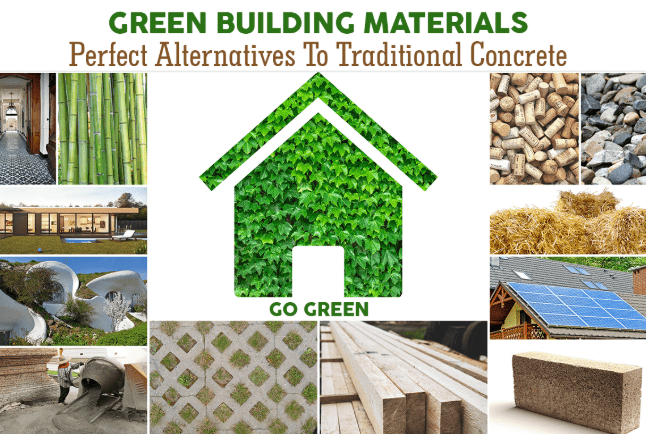
Smart Home Integration
With technology advancing at a rapid pace, smart homes are becoming more than just a luxury; they are a necessity. In 2025, homes equipped with smart technologies that control lighting, temperature, security, and even appliances will be in high demand. Builders should plan for seamless integration of these technologies during construction, ensuring that homes are wired for the future. Smart home systems that can be controlled via smartphones or voice commands are essential for creating homes that offer both convenience and energy efficiency.
Biophilic Design
Biophilic design, which focuses on creating a connection between people and nature, will be a key trend in 2025. Builders can embrace this by incorporating natural elements into home designs, such as large windows that allow for plenty of natural light, indoor plants, and the use of natural materials like wood, stone, and bamboo. Not only does biophilic design enhance the aesthetic appeal of a space, but it also improves the well-being of the residents by creating a calming, nature-inspired environment.
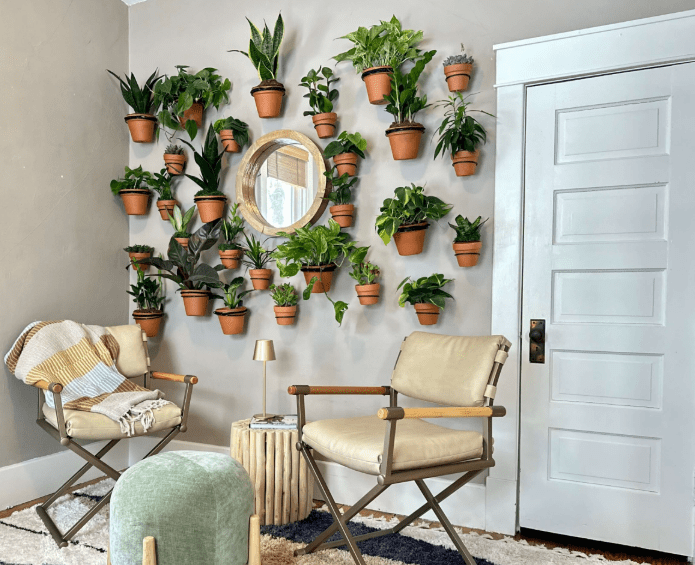
Flexible and Multi-Functional Spaces
As more people work remotely and live more dynamic lifestyles, there is a growing need for flexible, multi-purpose spaces within homes. Builders should consider designing rooms that can easily adapt to different functions. For example, a home office could double as a guest room, or a living room could be transformed into a home gym or entertainment space. Modular furniture and open floor plans that allow for easy reconfiguration will help maximize the use of space and offer greater flexibility for homeowners.
Bold Colors and Textures
In 2025, interior design will embrace bolder, more vibrant color palettes. Deep blues, emerald greens, and rich terracottas will replace the neutral tones that have dominated interiors in recent years. Builders can capitalize on this trend by incorporating bold accent walls, colorful cabinetry, and striking furniture pieces. Alongside color, texture will also play a key role in home interiors. Builders should think about using tactile materials like velvet, textured wallpaper, and rough stone finishes to add depth and warmth to spaces.
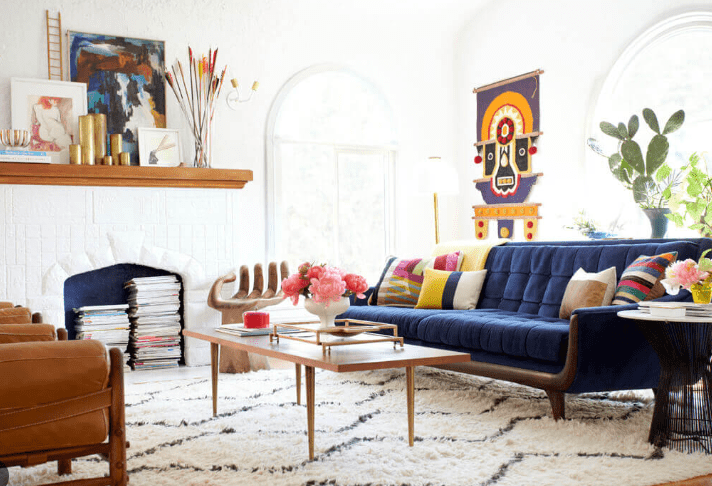
Minimalist Yet Maximalist Designs
While minimalism will continue to be a strong design influence, there is also a rise in “maximalist” elements that incorporate bold patterns, eclectic furniture, and striking visual features. In 2025, homeowners will be looking for spaces that are clean and uncluttered but also rich in personality. Builders should consider including statement pieces like oversized lighting fixtures, large-scale artwork, and unusual architectural elements that add character to rooms without overwhelming them. The key is balance—maintaining simplicity while introducing exciting details that make the space feel unique and personal.
Conclusion:
As we look toward 2025, the interior design trends that builders should embrace are centered around creating sustainable, adaptable, and technology-enhanced living spaces. By integrating these trends into new homes, builders can ensure that they are meeting the evolving needs of homeowners while staying ahead of the competition. Sustainable practices, smart home features, biophilic designs, and flexible layouts will be the key to creating homes that offer both comfort and functionality for the modern lifestyle.
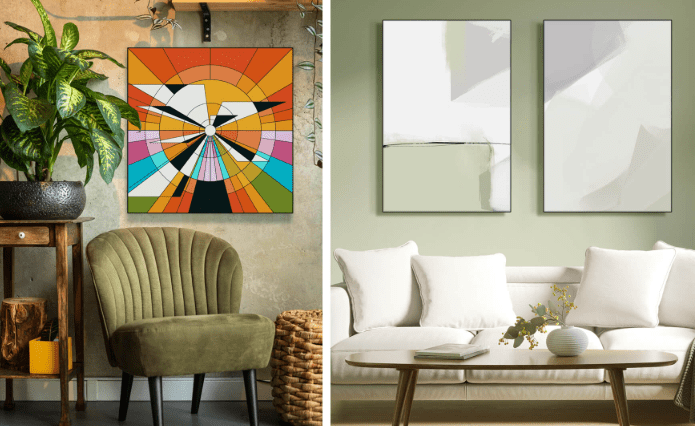
Summary of Key Trends for Builders:
- Sustainability: Focus on eco-friendly materials and energy-efficient designs.
- Smart Home Features: Integration of advanced technology for convenience and energy efficiency.
- Biophilic Design: Use natural materials and designs that connect people with nature.
- Flexible Spaces: Design adaptable rooms that can serve multiple purposes.
- Bold Colors and Textures: Incorporate vibrant colors and tactile materials.
- Minimalism and Maximalism: A blend of clean, minimalist spaces with bold, statement elements.



